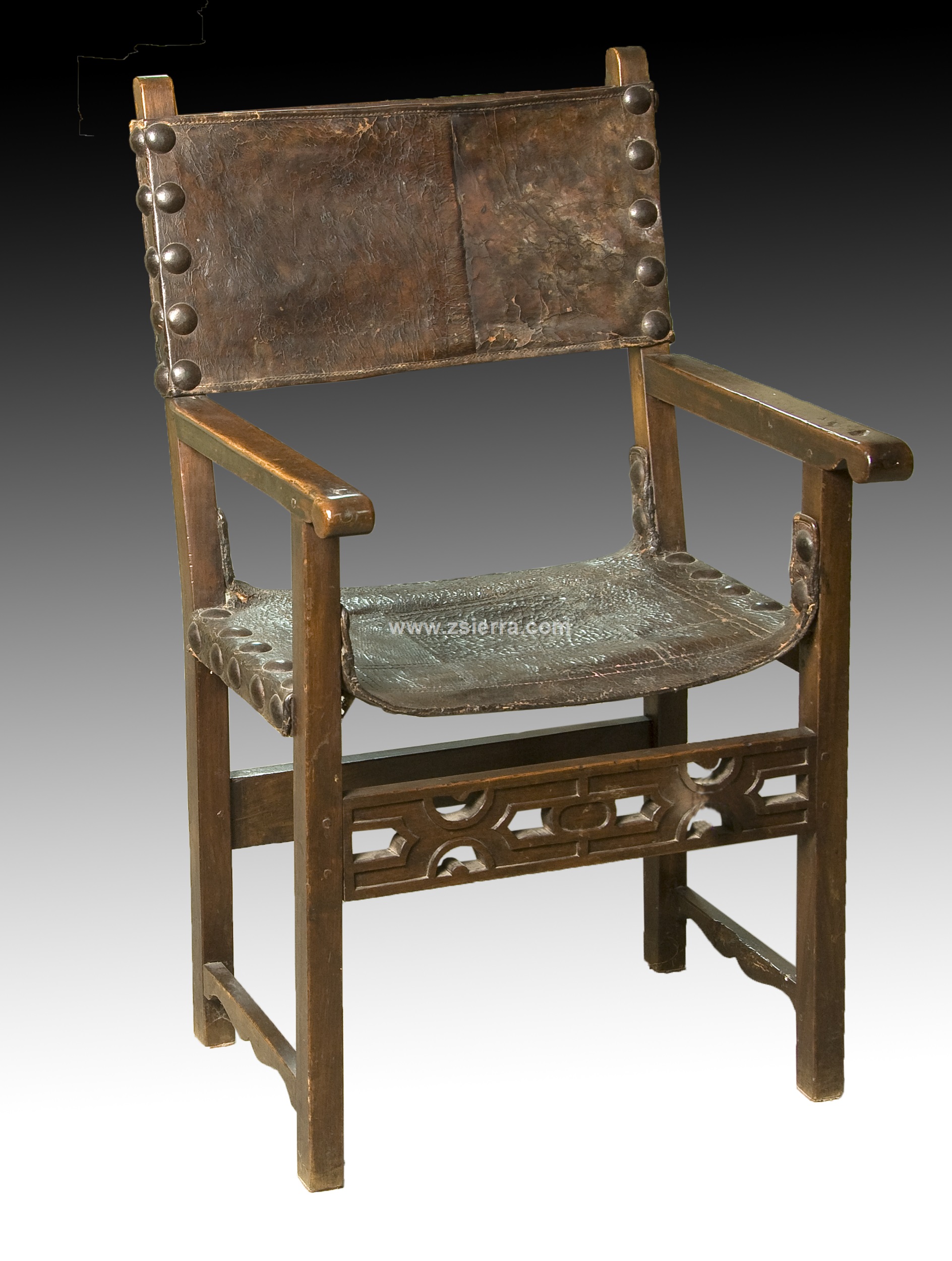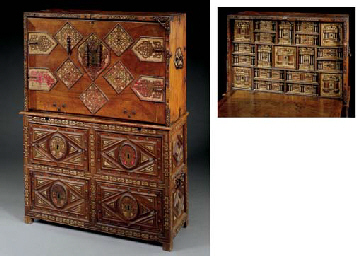One of the last spanish palaces that was completed before the expulsion of the moors was Alhambra, Granada 1354. This was a supreme achievement of moorish architecture and decoration. The exterior was plain and it had numerous courtyards with gardens, fountains, and reflecting pools.

.jpg)

.jpg)
Another beautiful place during this time was the Cathedral of seville. This cathedral was located in seville, andalusia spain. It was the largest cathedral in the world in the 15th century. The style was gothic and was larger than hagia sophia. This cathedral also demonstrated the cities wealth and included 80 chapels that required 500 masses daily.




Another huge site during this era was el escorial. It was 30 miles north west of spain in the 16th century. Its massive structure was known for its simplicity, sobriety, and plainness. It was a highly moral building and a royal palace for monarchy.



Furniture was bold and simple with heavy proportions. Walnut wood was common and silver was used for ornamentation. Rectangular shapes were preferred with crude carvings. One of the most famous chairs from this era was the sill on de frailero(monk's chair). It was a walnut armchair with a leather seat and back and a broad front stretcher with decorative nailheads.

Benches were also very popular in spain, they were found everywhere and had trestle support, usually wood, and had scrolled wrought-iron under brace.


Vargueno cabinetwork was spain's most distinctive cabinetwork. It was deigned as a receptacle for documents and valuables. Could be used as a desk and early designs in the moorish or mudejar styles. Ivory was often painted in bright red, blue, green, and gold for the stand and the bases were puente and taquillon. The puente was elaborately carved table trestle with the sides being pulled out to support the drop-front. The traquillon was a facade in four sections including drawers and a cupboard.



Tables and chests wer important pieces within the homes at this time. The tables usually were made from wrought iron and were thick an massive with movable tops.

The chests were the most important and necessary piece of a home. There was inlay of bone and ivory with some being coverers in leather or fabric.

Here are some modern day interiors that display spanish detail and style:

Below is a youtube video displaying architecture, motifs, and interior design during the spanish renaissance:
https://www.youtube.com/watch?v=TqUKkpUjh4o
No comments:
Post a Comment